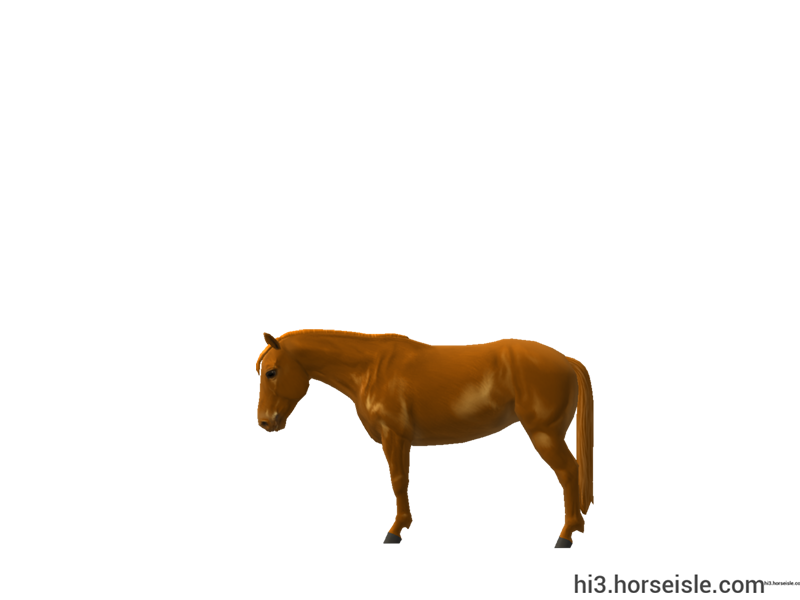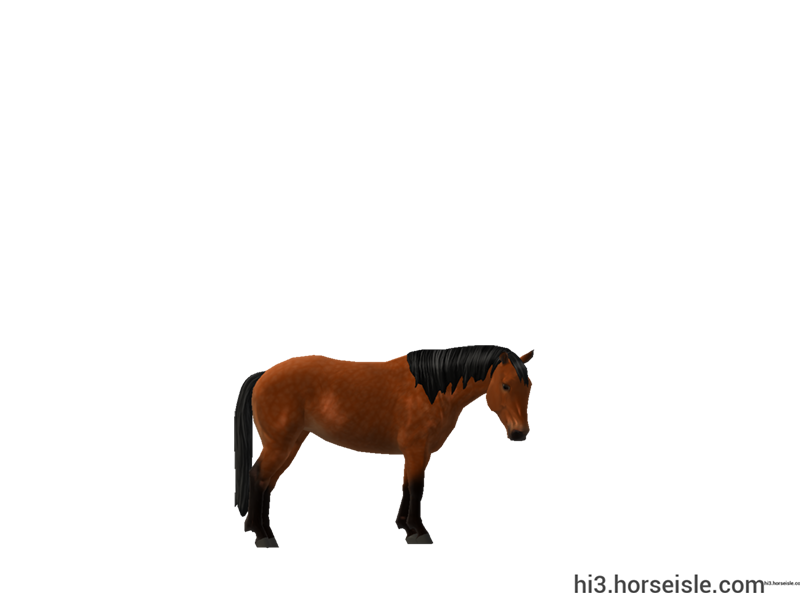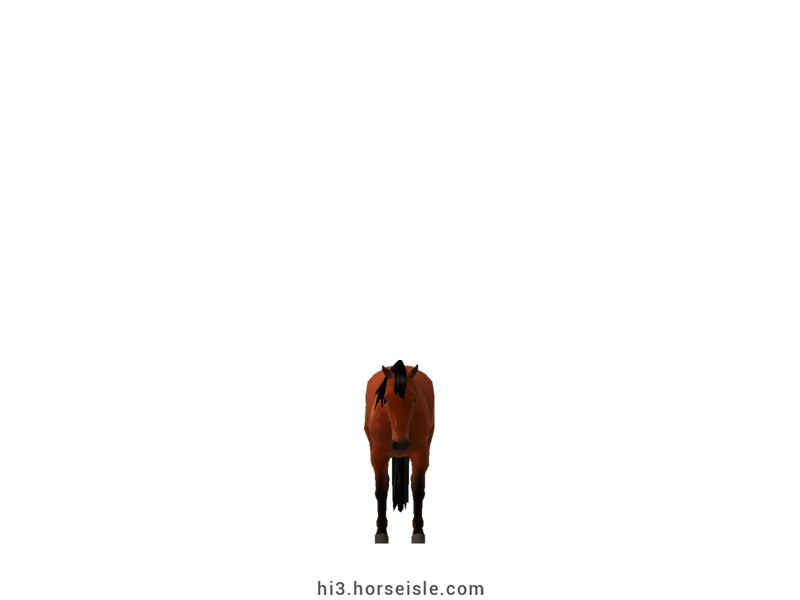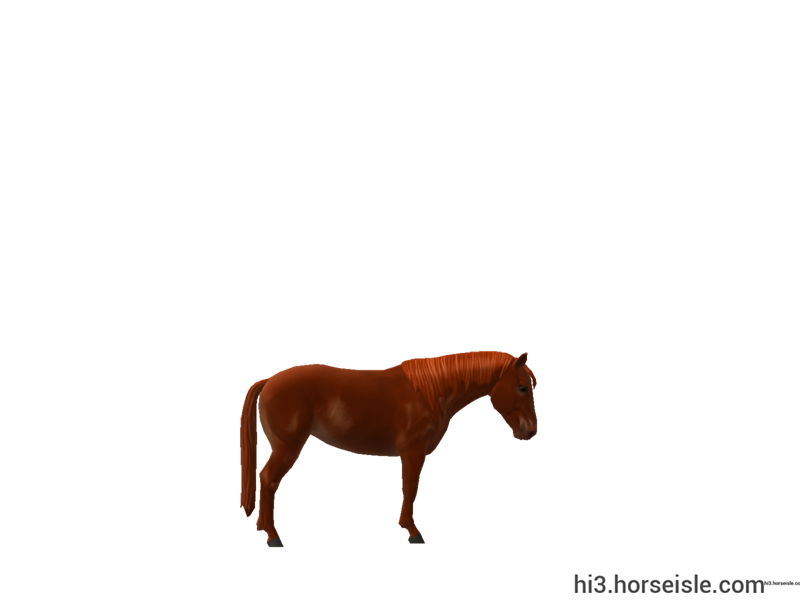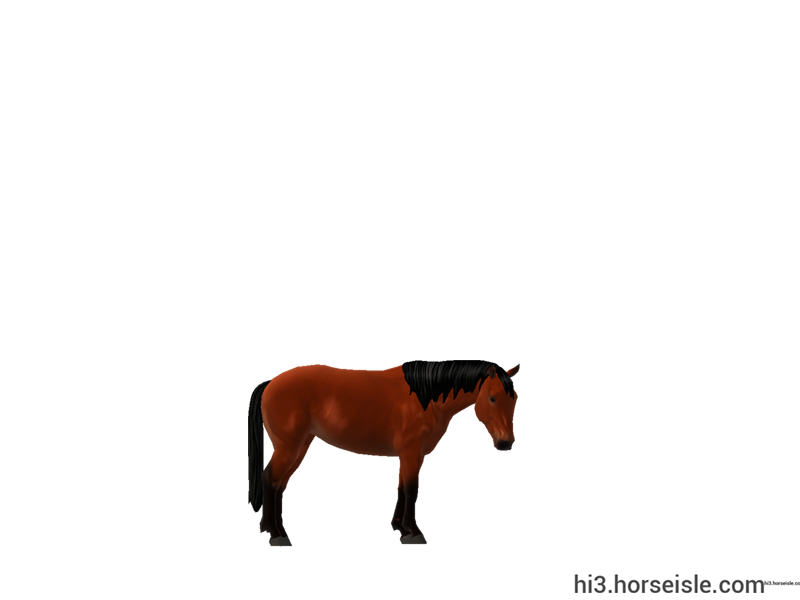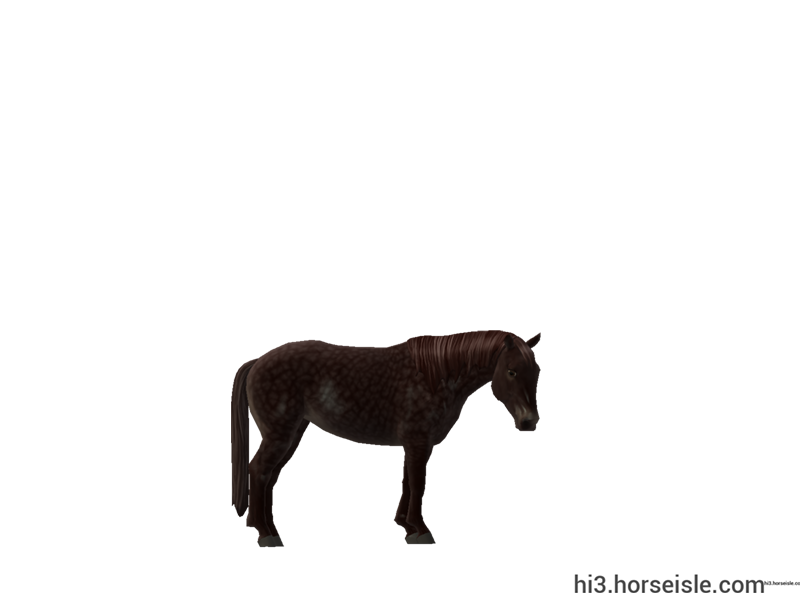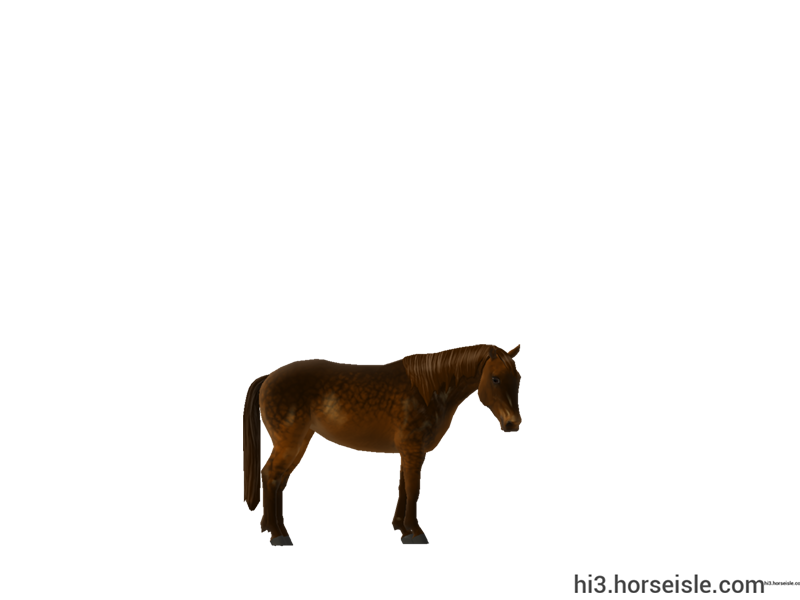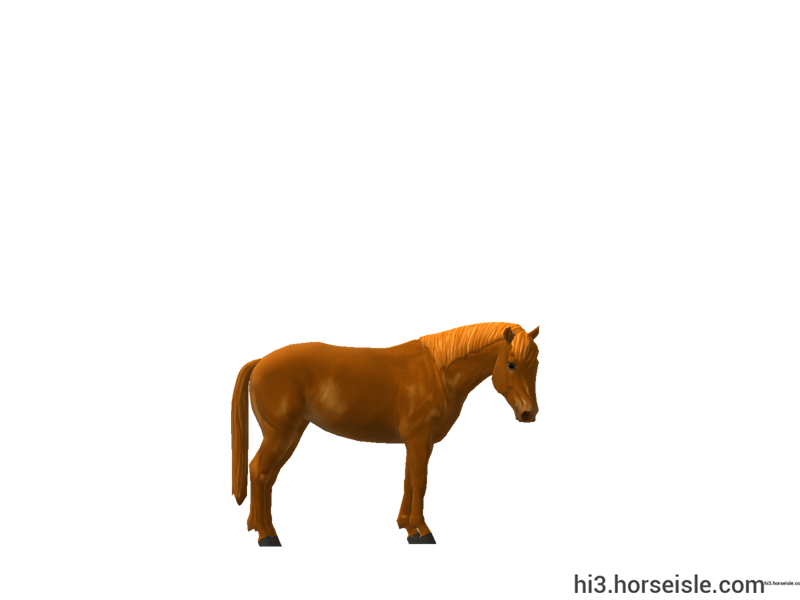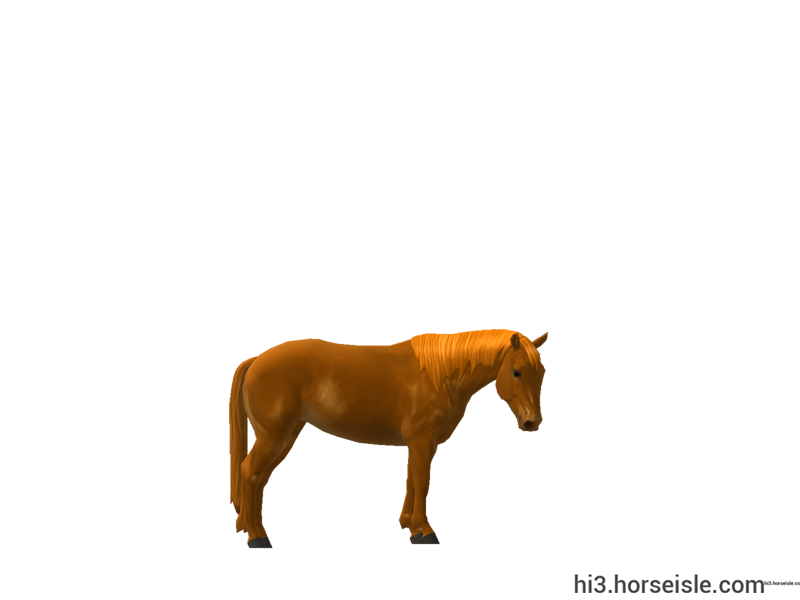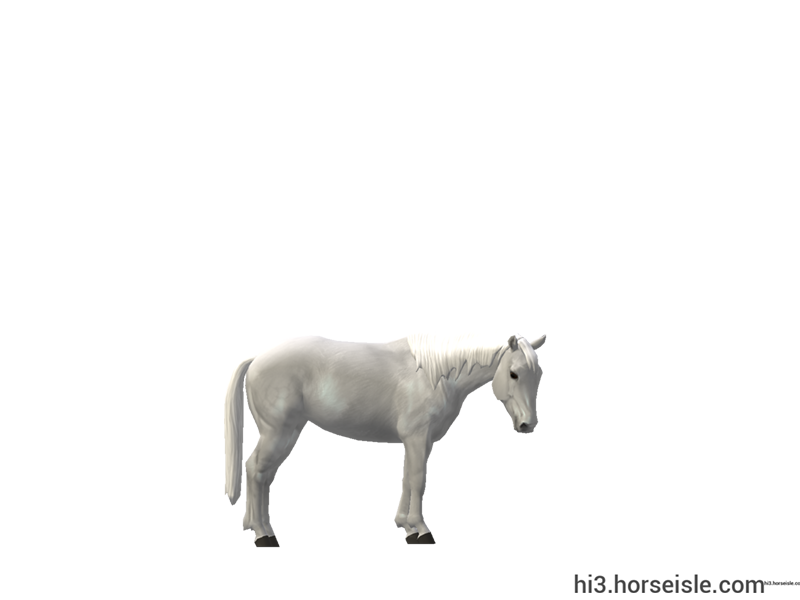Our Massive Real World Equine Reference!
[ INDEX ] Equine Type: Horse Breed: Noma [ PREV ] [ NEXT ]
Small but tough:
Noma horses were developed by Japanese farmers in the 17th century, during the Edo period, out of Mongolian horses that were brought to Japan. Ever since they were created, Nomas were extremely strong for their size, and therefore, for hundreds of years, these little horses served as pack and farm animals, and were also used to pull little carts for transportation.
Ban and downfall:
During the second half of the 19th century, Emperor Meiji banned the breeding of small horses, in order to force breeders to focus on the breeding of large cavalry horses. Therefore, many breeders crossed their Noma horses with larger breeds, and consequently, the number of pure Noma horses plummeted.
The breed survived that grim period thanks to breeders who, despite the ban, kept their Noma horses pure. Even though the ban was lifted at the beginning of the 20th century, the breed never fully recovered, and the numbers of Noma horses have remained low.
Saved from extinction:
The introduction of new means of transportation, together with the mechanization of agriculture, didn't help the Noma horses, whose numbers continue to dwindle. By the end of the 1970s, their numbers were dangerously low, and the breed nearly went extinct.
In 1978, the Noma Pony Preservation Society was established and started breeding the remaining pure Noma horses in order to conserve this unique breed. Moreover, in 1988, the city of Imabari, the birthplace of the Noma breed, declared that the Noma horse is a cultural treasure.
The Noma today:
Today, the Noma is a protected breed in Japan. Noma horses are friendly in nature and are known for their calm and cooperative personality. They usually serve as mounts for children, especially in the field of equitherapy.
Conformation:
Despite their small size, and despite being sometimes called "ponies," Nomas are considered to be horses because of their body proportions.
Their heads are very large compared to their bodies, their ears are small, their necks are somewhat thin, their legs are strong and sturdy, and their hooves are very small.
Interestingly, the bone above their muzzle is sometimes prominent, which makes their profile look a bit dished, even though it is not really dished (compared to the dished profile of Arabian horses, for example).
Last, the mane is often coarse and is always medium in length, and the legs have light feathering.
Performance metrics:
The following are the: range, average, (SD), and MOE of performance metrics of ordered Noma horses in Horse Isle (not bred ones). In rare cases,
Speed: 12.2-13.5, 12.8 (0.4), 0.07.
Sprint: 24-38, 30 (3), 0.65.
Accel: 0.88-1.06, 0.97 (0.03), 0.01.
Decel: 0.87-1.00, 0.93 (0.03), 0.01.
Jump: 5.00-5.23, 5.12 (0.05), 0.01.
Pull: 0.74-1.40, 1.06 (0.18), 0.03.
Turning: 39.03-53.60, 46.72 (2.97), 0.58.
Reverse: 2.1-2.7, 2.4 (0.1), 0.02.
Stamina: 43.79-49.00, 46.12 (1.18), 0.23.
Reaction: 0.62-0.73, 0.67 (0.02), 0.00.
Coats & Height:
Colors: bay, brown, black, chestnut, and grey.
A unique greying process: many grey Noma horses undergo a unique greying process, where some parts of their body turn grey faster than others. This greying process, which doesn't exist in Horse Isle, creates distinct patches in different shades of grey on the horse's body before it greys out completely.
Additionals: flaxen, sooty, dark mane & tail. The coat is always solid and lacks white markings.
Height: 9hh* to 11.3hh.
* making the Noma the smallest native Japanese breed.
** note that only horses who are 12hh or higher are rideable in Horse Isle.
[ INDEX ] [ PREV ] [ NEXT ]

